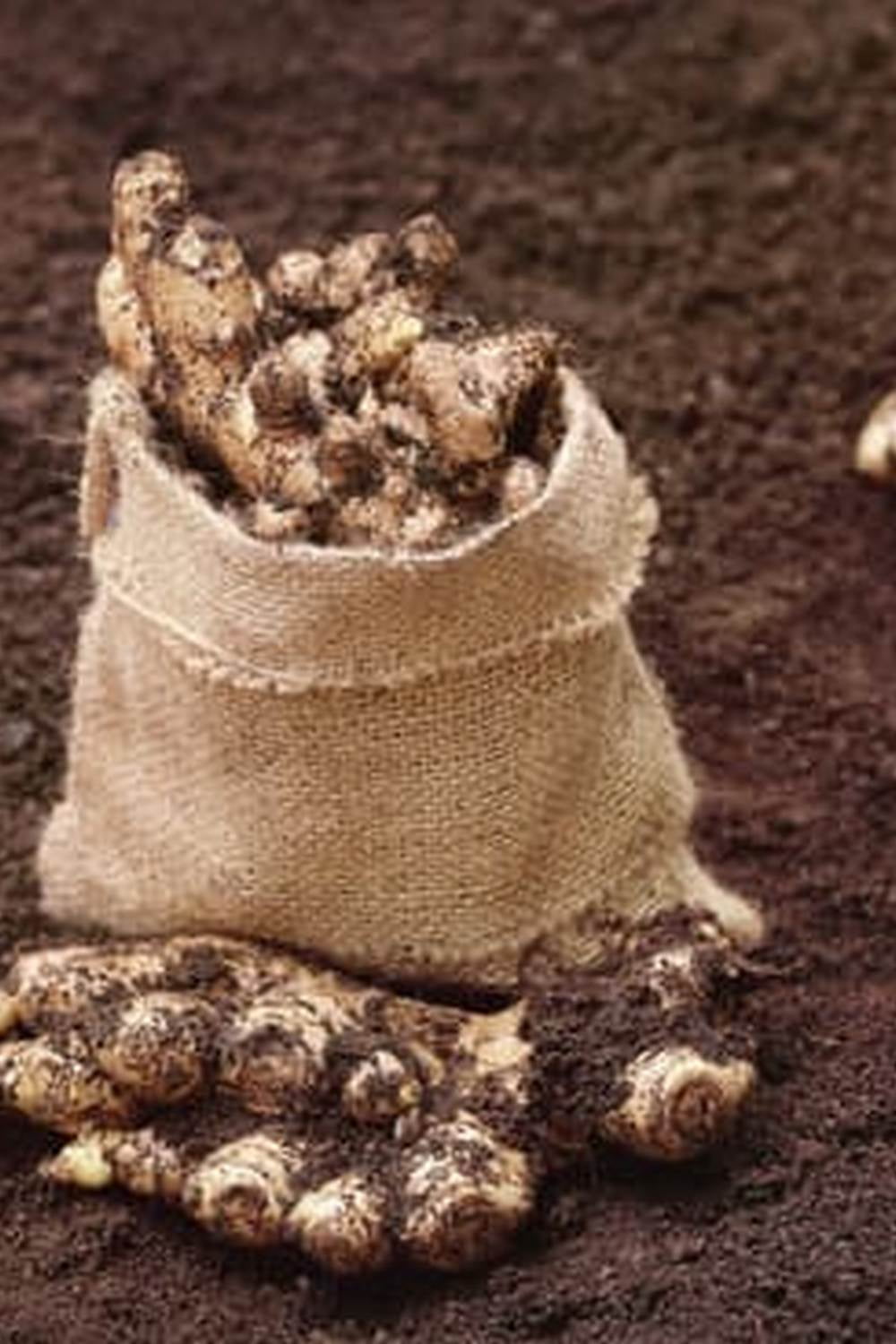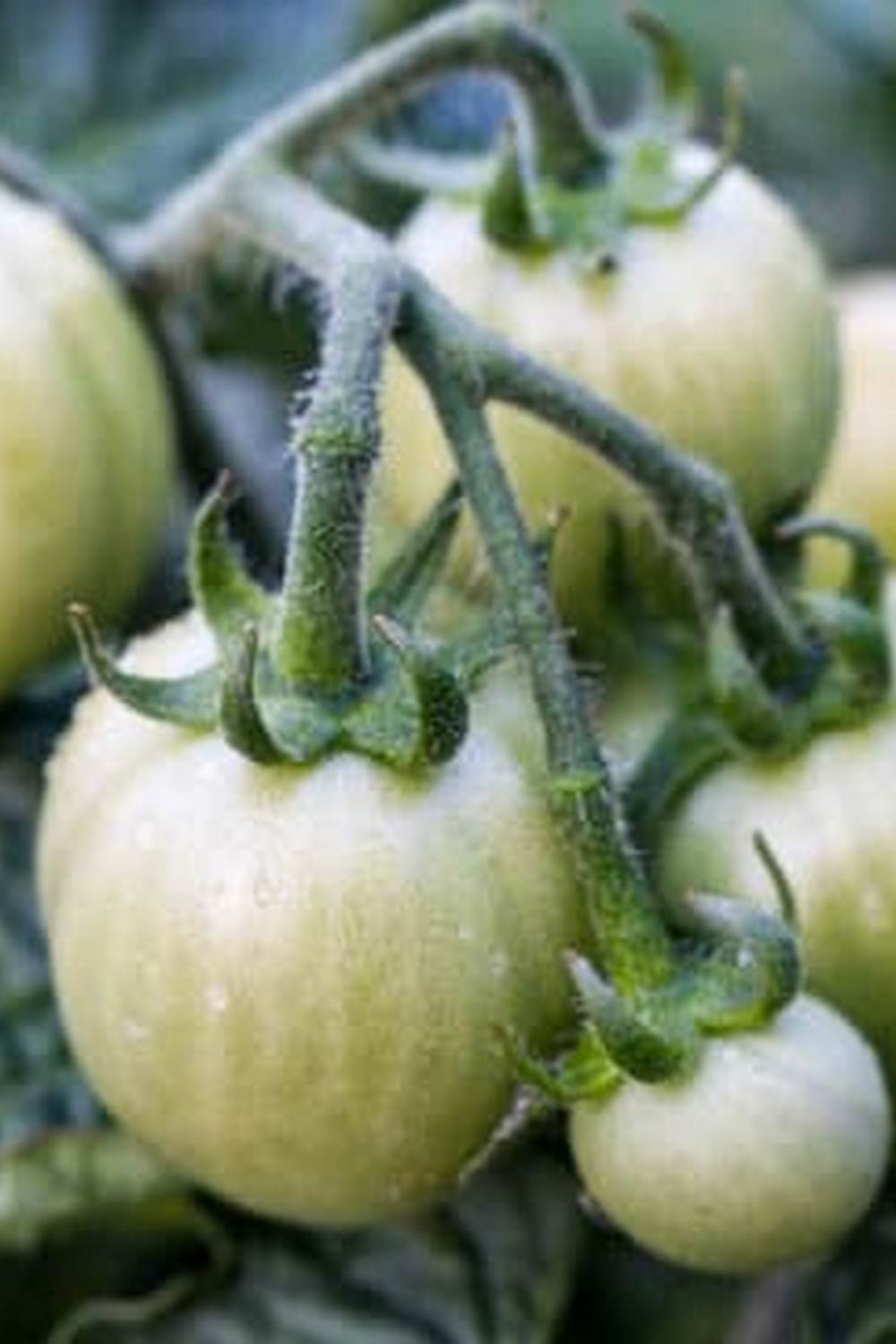Planting A Small Raised Bed Vegetable Garden
There are a number of benefits of planting a small raised bed vegetable garden. Perhaps the most obvious benefit is that it allows you to grow your own vegetables right in your backyard. This can save you money on groceries, and it’s also a great way to get your family interested in eating healthy, home-grown vegetables.
Another benefit of raised bed gardening is that it’s much easier on your back. Traditional gardening involves bending over to weed and care for plants, but with a raised bed garden, you can simply stand up straight and work. This is especially helpful if you have back problems.
Raised bed gardening is also a great way to recycle materials. You can use old lumber, bricks, or other materials to build your raised bed garden. This is a great way to save money, and it also helps reduce waste.
If you’re interested in starting a raised bed garden, there are a few things you need to keep in mind. First, you’ll need to choose a location that gets plenty of sunlight. The garden should also be in an area that is easy to access, so you can easily get to your vegetables.
You’ll also need to choose the right plants for your garden. Some plants are better suited for raised bed gardens than others. For example, leafy vegetables and herbs do well in raised beds, while root vegetables and fruits do not.
Finally, you’ll need to choose the right soil for your garden. You can either use potting soil or garden soil, but be sure to choose a soil that is suited for your plants.
If you follow these tips, you’ll be on your way to starting a successful raised bed garden.
How Often Should You Water A Newly Planted Vegetable Garden
?
It’s important to water your vegetable garden regularly, especially when it’s first planted. You should water your garden every day for the first week, and then every other day for the next two weeks. After that, you can water it once a week. If it’s hot or dry outside, you may need to water it more often.
Planting Raised Vegetable Garden
Beds
A raised vegetable garden bed is a gardener’s dream come true. It’s like having a miniature garden right outside your door. You can grow all kinds of vegetables and fruits in a raised garden bed, and you don’t have to bend over to do it.
Building a raised garden bed is easy. You just need a few supplies and some basic carpentry skills. The most important thing to remember is to make sure your raised bed is raised at least 12 inches off the ground. This will give you plenty of room to work in your garden and will also keep your plants from standing in water when it rains.
The first step is to measure and cut the lumber for your raised bed. You’ll need four pieces of lumber that are each 2 feet wide by 8 feet long. You can use any kind of lumber you like, but cedar or redwood are the best choices because they are resistant to rot and decay.
Once you have the lumber, it’s time to build the frame of your raised bed. Start by drilling four pilot holes into each of the four pieces of lumber. Then, use a hammer and nails to join the pieces of lumber together into a rectangle. Make sure the corners are square and that the frame is sturdy.
Once the frame is complete, it’s time to add the soil. You can either use garden soil or potting soil. Garden soil is cheaper, but it’s usually full of rocks and other debris. Potting soil is more expensive, but it’s easier to work with and it’s already been amended with nutrients.
Fill the frame of your raised bed with soil, and then pack it down firmly. You can either use your hands or a shovel to do this. Once the soil is packed down, it’s time to plant your vegetables.
There are all kinds of vegetables you can grow in a raised garden bed. Some of the most popular choices are tomatoes, peppers, cucumbers, zucchini, and eggplant. But you can also grow carrots, lettuce, broccoli, and other vegetables.
Just remember to plant your vegetables in rows, and leave plenty of space between each row. This will make it easy for you to walk through your garden and to harvest your vegetables.
A raised garden bed is a great way to get started gardening. It’s easy to build, and it’s a great way to grow vegetables and fruits.
I Want To Plant A Small Vegetable Garden
I want to plant a small vegetable garden.
I’ve been thinking about it for a while, and I’ve decided that this is the year I’m going to do it. I’ve been doing a lot of research on the subject, and I think I have a pretty good idea of what I need to do in order to make it successful.
One of the first things I need to do is pick the right spot for my garden. I need to find a spot that gets a lot of sun, because vegetables need plenty of sunlight in order to grow properly. I also need to make sure that the spot I choose has good drainage, because vegetables don’t like to sit in wet soil.
Once I’ve picked the right spot, I need to start preparing the soil. I need to loosen it up and add some compost or fertilizer to it, so that the vegetables will have a healthy soil to grow in.
Then I need to choose the vegetables I want to plant. There are a lot of different vegetables to choose from, so I need to pick the ones that I think I will enjoy eating the most. I also need to make sure that the vegetables I choose are compatible with each other, so that they will all grow well together.
Once I’ve chosen my vegetables, I need to start planting them. I need to make sure that I plant them at the right depth, and that I space them properly so that they will have enough room to grow.
Then I need to water them regularly, and make sure that they get plenty of sun. I should also keep an eye on them to make sure that there aren’t any pests or diseases attacking them.
If I follow these steps, I should be able to have a successful vegetable garden this year.
Beneficial Plants In Vegetable Garden
There are many plants that are beneficial to have in your vegetable garden. These plants can help to improve the overall health of your garden, as well as the vegetables that grow in it. Some of the most beneficial plants to have in your garden include marigolds, nasturtiums, and basil.
Marigolds are a great choice for your garden because they are a natural deterrent to pests. They release a chemical that pests find unpleasant, so they stay away from plants that are surrounded by marigolds. Nasturtiums are also a good choice for your garden because they are a natural deterrent to pests, as well as a great way to add color to your garden. Basil is another great choice for your garden because it helps to repel pests, as well as add flavor to your vegetables.
In addition to being beneficial to your garden, these plants are also great for your health. Marigolds are a great source of antioxidants, which can help to protect your body from disease. Nasturtiums are a good source of vitamin C, which can help to boost your immune system. Basil is a good source of antioxidants, as well as anti-inflammatory compounds.
These plants are a great addition to your garden, and they are sure to help improve the health of your garden and the vegetables that grow in it.

If you’re looking to get into vegetable gardening, or are just looking for some tips on how to make your current garden better, then you’ve come to the right place! My name is Ethel and I have been gardening for years. In this blog, I’m going to share with you some of my best tips on how to create a successful vegetable garden.





